The prostatitis is an inflammation of the prostate gland.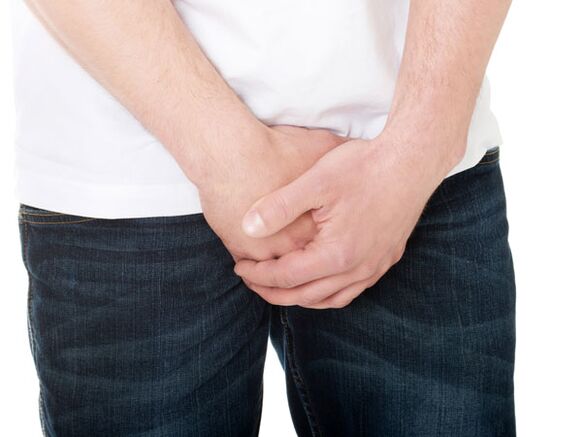 Occurs more often in men of 25-50 years old and older.The feeling of pain and fake urine, as well as the total sense of malfunction is the basic symptoms.Often the disease is accompanied by fever and vibrations.
Occurs more often in men of 25-50 years old and older.The feeling of pain and fake urine, as well as the total sense of malfunction is the basic symptoms.Often the disease is accompanied by fever and vibrations.
The bacterial and abacultular form of the disease is released depending on the occurrence.Abacterial prostatitis with a 90% share is the most common inflammation of the prostate.According to estimates, about 50% of all men face this problem, at least once in life.
The main reasons for development:
- E. coli;
- Gonorrhea, sexually transmitted infections, including Xlamidia;
- Violation of the nervous system;
- To reduce the protective functions of the body.
Probably the risk of development of the disease increases by alcohol, morphine and nicotine with chronic drunkenness.Research in the field of modern andrology, injuries between inclined factors, such as injuries, such as cyclists and motorcyclists.The listed cases help aggravation of secret inflammation in the tissues of the body.
The decisive importance in the development of pathology is determined to stagnant events in the tissues.When the capillary blood flow is broken, the swelling and exudition of tissues occur, it is created by acceptable conditions for a contagious process.
The structure and functions of the prostate gland
The prostate is a male genital body located under the bladder.A chestnut size of a chestnut size of a chestnut, covers 20 grams and covers the urethra and two ejaculation channels.During the ejaculation, they guide the secret of testicles, additions and seedbubs in the urethra.
The outdoors produce so many secrets, which are part of the seed fluid (unloading).When the sperm exercises effort and stands in urethrait support.About 70% of the unloaded liquid during orgasm is produced by the prostate.It is an alkaline secretion that mixes the fluid, mixture and sperm from the vaginal environment, increases its mobility and facilitates the flow of the egg.Thanks to the anatomical place of the prostate, the disease often leads to symptoms such as painful urine.
Types of prostatitis
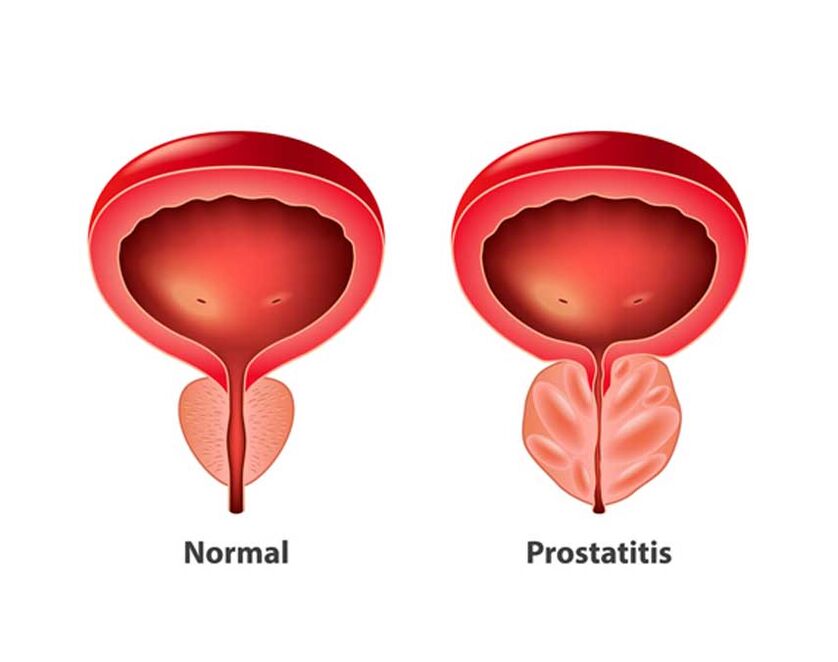
The prostate is different from two forms of bacterial lesion:
- Sharp.Inflammation stems from bacteria without colonization, passing and prostate.These are escherichia coli bacteria living in the intestines.Other pathogens include Enterobacteria and Mycobacteria.Inflammation provoked by bacteria, about 10% of the work.
- Chronic.An unpreccientific bacterial infection can be turned into chronic one.It is the case of the complaints over 3 months.
Chronic prostatitis is mainly diagnosed in the elderly.In the absence of therapy in time, infertility is developing in about 40% of cases.This is due to the fact that the body has a large enough volume that provides sperm mobility.
Table - Types and symptoms of prostatitis in men
| Name | The features | Symptoms |
| Disorder | Based on the unloading basis.Urina enters channels, as a result of metabolic products (basics of urinary acid, pyrimid), which is placed in the texture that causes stones and formation. |
|
| Cataral | Inflammation was localized in separate fractions of the gland, which is localized in a way that changes in the structure of the submission of the entrance canal and the mucous membrane.Follies, stagnant events, the disease arises by further progress. |
|
| Folical | Accompanied by a moderate hypertermi or typical subberrilet.All damaged areas are likely to be focal. |
|
| Reckomeness | There are many lesions available.Most parenchmen are involved in the pathological process of interstisal tissue.An abscess is formed by collecting more than one abscess. |
|
Inflammation can also happen without symptoms.A large number of leukocytes are found in the sperm as part of a preventive examination.
Features of the current
Each prostatitis has several stage of development characterized by certain symptoms:
- Stage I. The appearance of the inflammatory process and the prostate is characterized by the developed operation.The general situation remains normal, except the appearance of the clinical picture of the disease.The first stage lasts 1-3 years.At this stage, with the help of drugs, a full treatment is possible.
- Stage II.Symptoms decrease.After a while, an erection and irritation breach arise.Could not have sexual intercourse.There is weakness and pain in perineum.Accompanied by a violation of a violated body structure with blood supply.Therapy is carried out using antibiotics, immunomodulator and physiotherapy.
- Stage III.The final stage in the development of the disease accompanied by the direction of the docroz.The wounds that start to press the internal organs appear.The iron is grown and deformed, which is full of genditourinia dysfunctions.Sharps of acute pain and radiculitis are developed during the urine.The patient must constantly under medical control.
In detail, the disease is completely removed.So don't start diseases.It is better to consult a doctor when the first symptoms are visible, which can be adjusted to the drug.
Prostatite symptoms
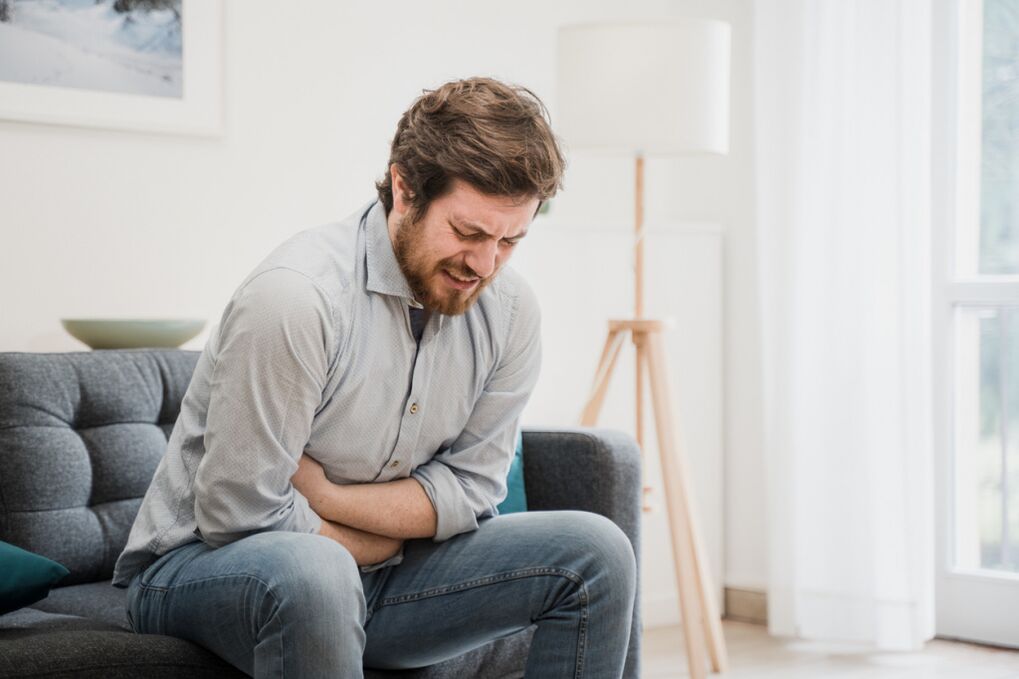
The harassments are the same for all kinds of disease, except for the temperature of bacterial origin.The signs of the prostatitis are divided into 2 groups:
- Soik from plant apparatus - painful and often urine, pain in the lower abdomen, incomplete emission;
- In part of the sexual function - orgasm, premature ejaculation, weak erection, pain in the rectum.
There is also anxiety and anxiety of concern and anxiety.This can be accompanied by the character, malice and irritation change.
Possible complications
The lack of diagnosis and treatment in time causes the following complications:
- The delay of urine.The patient is not possible to empty the bladder independently accompanied by intense pain.There are gap situations.To prevent complications, the urine is removed through a catheter.
- Abscess.PUS, high body temperature, vibration and accompanied by severe pain in Perineum.You need antibiotics with high dose and surgical intervention.
- Blood infection (urosepsis).Bacteria penetrates blood circulation and spreads to the body.
If the disease continues to be chronically and adequate drugs, a person may not be ineffective.Only effective therapy helps to get rid of such complications.
Diagnosis
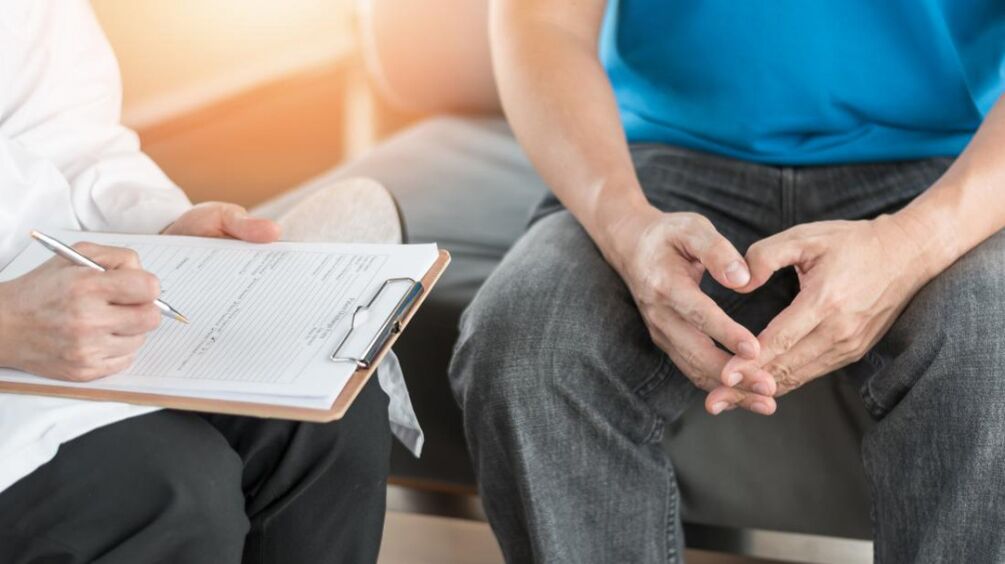
If the first signs of the prostatitis and symptoms appear, you should diagnose and consult a doctor who will determine the appropriate therapy scheme.
The main stages of the diagnosis:
- History of Anamnesis (Symptoms);
- palpation of inguinal lymph nodes;
- Smear to the urethra;
- Transmission ultrasound;
- Laboratory blood testing;
- Examples of sperm and urine samples to determine the type of pathogenic microorganisms possible.
According to the results obtained, therapy is assigned.In advanced cases, you cannot do without surgical intervention.Among the main signs for surgery, a abscess, paraposcertite and a sharp delay in urine should be different.
Treatment of prostatitis
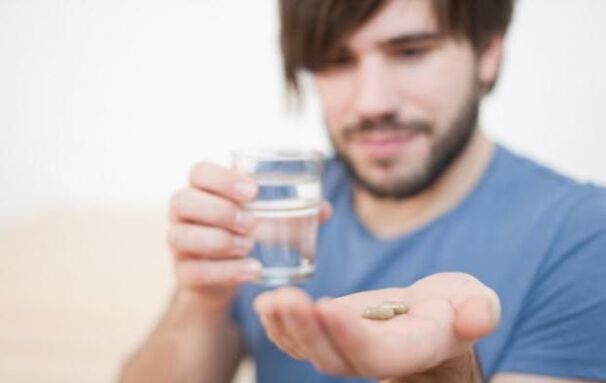
The conservative therapy scheme is set only after setting pathogenic.In this case, self-medification is unacceptable, because it can lead to irreversible health results.
The most effective drugs for prostatitis:
- № 1 - Palm fruit extract creeping.
Phytopreparation is assigned to the prostate lesion.Freedom fruits are based on extract.This does not cause hormonal imbalance and does not affect the hypothalamic-pituitary system.
- № 2 - AminoDidiHroftTalazIion Sodium.
Anti-inflammatory, immunomoduly regulates the functional-metabolic activity of cell structures, adaptation and congenital immunity.Suppressors are set in complex therapy for adults and children who are 12 years and older.Effective with the manifestations of the inflammatory process by reducing the symptoms of the disease.
- № 3 - Prostate.
The drug is widely used in urological diseases.This is the most effective treatment for chronic prostatitis.By improving urinary processes, the size of the prostate gland moderately reduces the size.Available in the form of tablets and rectal spools.
- № 4 - The transition is prostate in the form of an adjustment and intramuscular needles.
Men are designed to stop the signs of prostatitis and treatment of the disease.Animal medicines eliminates the puffiness of the gland, restore the excretory functions, stimulates muscle tone.
- № 5 - Nitrofurantine.
Antibacterial tablets have an antimicrobial effect.Genitourine eliminates infections quickly eliminates inflammation.
- № 6 - tsiprofloxasin.
Belongs to the group of fluorocks.Effective with complex and complex forms of an effective disease.Helps eliminate existing irregularities.
- № 7 - Azoximer Bromide.
An agentic agent based on azoximer bromide.Eliminates inflammation and has an antioxidant and detoxifixed effect.Increases the body's resistance to different types of infections.Available in the form of a solution for injection.
- № 8 -Cefim.
Pathogen has a wide range of spectrum movement that prevents the cell membrane.Contains the character.Used in complex therapy.
- № 9- Josamycin.
Macraloline antibiotic based on Propionate Josamycin.It has a bacteriostatic effect by blocking the synthesis of protein bacteria.It is produced in the form of pellets for hanging and tablets.
- № 10- Doxycycline.
The Macrolide Group has high activity in antibiotic cellular microorganisms.It was set for mixed infections of genitalia and urinary tract.
The cloth massage is displayed to increase the effectiveness of drugs.The procedure has a comprehensive movement - squeezes the secret to the channels to remove from the body.
Prevention of prostatitis

To exclude the development of the disease, hypothermia is recommended to observe a diet and conduct regular sexual life.It is also important to exclude sexually transmitted diseases.
A suitable forecast depends on several factors:
- Diagnosis on time;
- trigger factor;
- the form of the disease;
- Age;
- The general state of the patient.
The forecast is always positive with timely detection and adequate treatment.Otherwise, the results such as chronic inflammation and other complications may arise.You should visit the urologist at least once a year.With the relapse of the prostatitis, a preventive visits are recommended every 6 months.

























